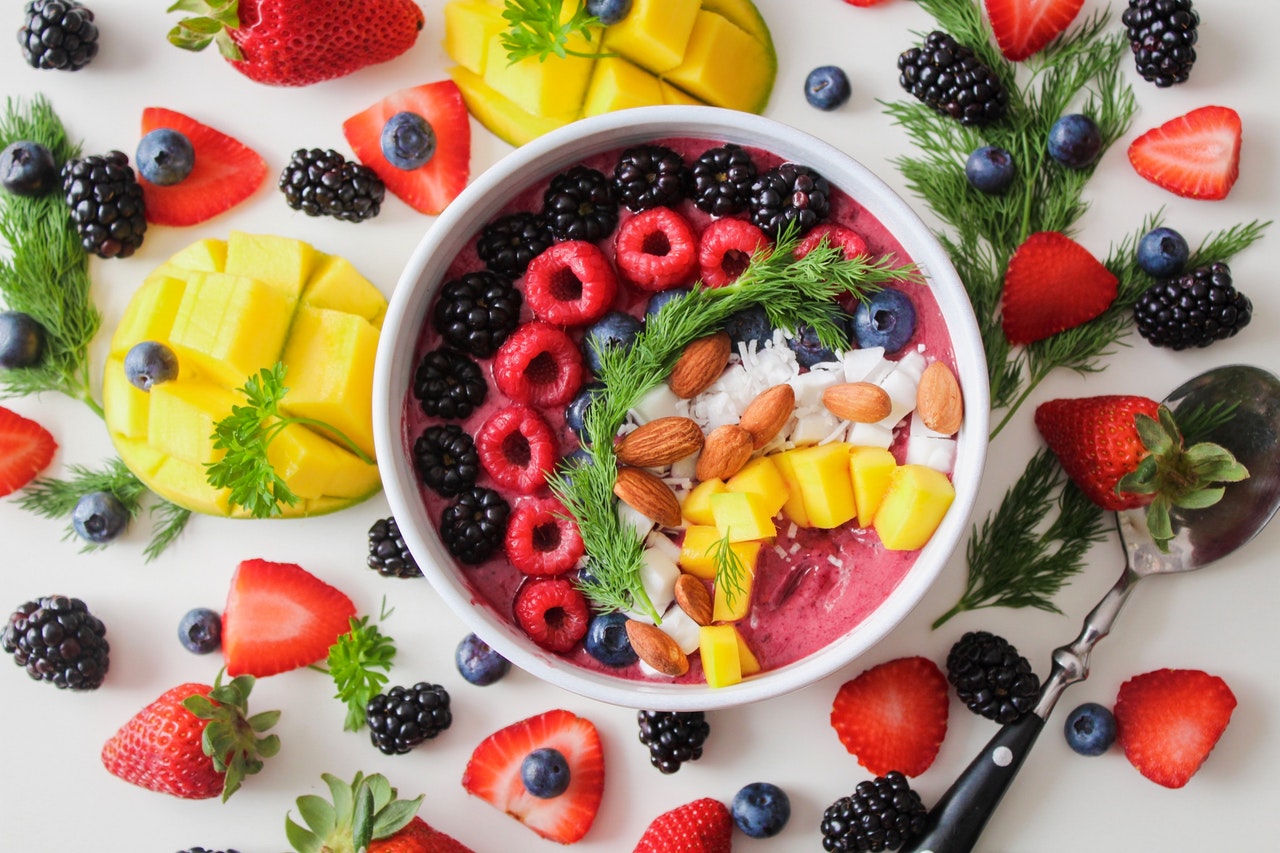The raw food diet, also known as raw foodism or raw veganism, is primarily made up of foods that are not processed or has not been processed or heated over a specific temperature. If the food has not been heated past 104-118°F, it is considered raw. If it has been refined, pasteurized, processed in any manner, or treated using pesticides, it is no longer considered raw.
If you’re wondering what you could create if you cannot cook the food, then fret not, as the raw food diet allows for many alternative cooking methods like dehydrating, soaking, sprouting, blending and juicing. Many raw food dieters eat a lot of plant-based foods, though many consumers also eat dairy, raw fish, raw meat, and raw eggs as well. Here are some foods you can eat while on this diet:
- Any fresh fruit
- Any raw, uncooked vegetables
- Raw grains
- Raw seeds
- Dried fruit and meat
- Nut milk
- Fermented foods like sauerkraut
- Sprouts
- Nut butter & more
Benefits of Raw Food Diet
You get more nutrients from water-soluble vitamins such as vitamin B and C that are often destroyed by heat. Boiling vegetables can reduce the amount of water-soluble vitamins up to 50%. You’re also more likely to lose weight, starting on the raw food diet. The types of food you can eat on this diet are low in calories, sodium, fat, yet high in fiber. Because a raw food diet doesn’t contain added sugar, trans fats, or saturated fats, you are also lowering the risk of heart disease and diabetes. Other reported benefits are more energy, clearer skin, lower blood pressure, and a stronger immune system.
